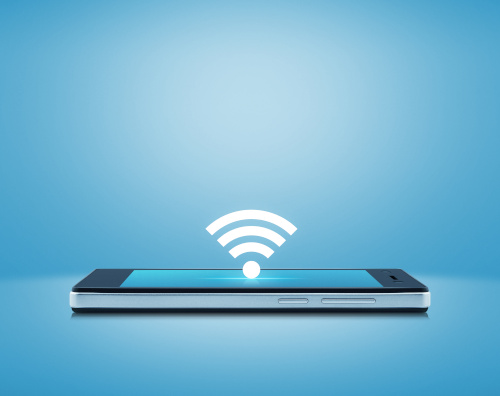Schools are officially in the age of technological learning. There are 1:1 programs, hybrid classrooms, free online learning platforms, eLearning applications and assessments, video collaborations, and the expectation of more to come with developments in augmented and virtual reality technologies.
While useful, these technologies can come with challenges. This includes:
- A need for reliable internet connectivity,
- Ongoing maintenance, and
- Ongoing optimization
The good news is that schools have access to free funds that will address all of these challenges thanks to the E-rate program. Here’s how to use it to best support student and teacher success.
Reliable internet connectivity
First and foremost, schools need efficient, reliable, and optimized internet connectivity to support all technologies. Without this foundational support, there can be no eLearning. Since many devices and technologies need Wi-Fi, the E-rate application period is the time to optimize your wireless network.
Funds can be used to improve Wi-Fi performance in a number of ways. Eligible products and services fall under two categories. Category One consists of services that provide and support data transmission and/or Internet access. Installation and activation charges are included as eligible costs.
Category Two includes the internal connections needed to support connectivity, as well as services that manage and operate internal connections, including automated management and optimization platforms. Cloud-supported services, basic maintenance, installation, activation, and initial configuration expenses are all considered eligible.
To best determine your school’s needs, review any and all historical analytics. If you don’t have a system that analyzes and saves historical data, make two lists. The first should list all problems experienced over the last year, such as:
- Dead zones
- Slow connectivity and transmission speeds
- Interoperability problems
- Slow problem resolution (be specific as to the cause – was data capture difficult making problem identification complex? Was travel difficult for IT teams?)
The second should list expected needs for the next three to five years. This includes:
- Any devices or infrastructure that will need to be replaced
- Brand new technologies (software, applications, etc.); be sure to note how data-intensive technologies are; many networks weren’t designed to support multiple use-cases of video streaming so this may significantly impact network design
- Increasing numbers of devices (mobile devices like laptops and tablets, as well as IoT devices such as smart printers and thermostats, security devices, and any other devices dependent on internet connectivity)
- Any anticipated building renovations or expansions that would change the Wi-Fi network design and require more access points, cables, etc. to be added to a school’s deployment
This information will help decision makers make strategic, educated plans for Wi-Fi optimization. With E-rate funds, schools can create environments that support everywhere, 24/7 connectivity no matter how many devices connect or how data-intensive applications are.
Ongoing maintenance
As all IT professionals know, there’s no such thing as a problem-free Wi-Fi network. Devices and infrastructure will need maintenance throughout the school year if schools want reliably strong networks. Maintenance needs can arise from regular wear-and-tear, interoperability issues caused by new devices, nearby networks, student hotspots, or any other number of issues.
To support this, E-rate covers different monthly, maintenance, and operation charges. These include:
- Monthly charges necessary to make a Category One broadband service functional
- Repair and upkeep of eligible hardware needed for Category Two internal connections
- Wire and cable maintenance
- Configuration changes
- Basic technical support
- Software upgrades and patches
Ongoing optimization
Wi-Fi optimization takes network maintenance a step further by focusing on proactive, preventative measures. This is maintenance that resolves issues before students and teachers are affected. Schools that use proactive solutions report significantly fewer Wi-Fi problems and faster resolution times.
Because this is a 24-hour job that requires the real-time monitoring of the entire network – all infrastructure, devices, applications, and any sources of interference – it requires technological support. Look for Category Two products and services that provide capabilities such as:
- 24/7 analytics
- Proactive alerts
- Remote troubleshooting support
Reliable support for problem-free learning
Technologies in schools are designed to support and promote student learning, but they can’t do so without the support of a reliable and optimized Wi-Fi network. Take advantage of the discounts offered by the E-rate program and optimize your school’s Wi-Fi today so that it meets the unique current and future needs of your school.
- 3 ways to avoid summer learning loss - April 19, 2024
- High school students say AI will change the workforce - April 18, 2024
- Motivating students using the Self-Determination Theory - April 17, 2024


